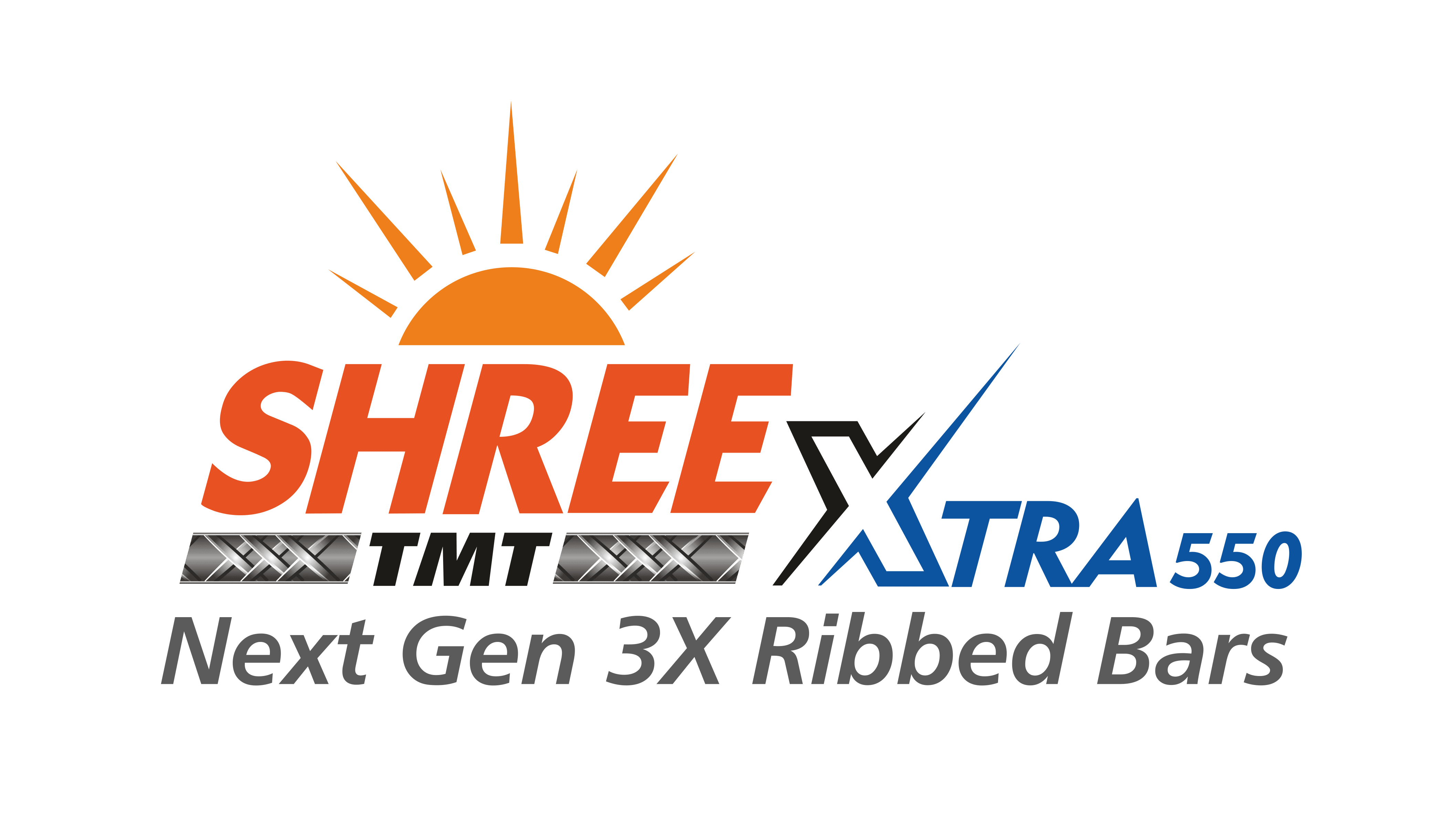melting
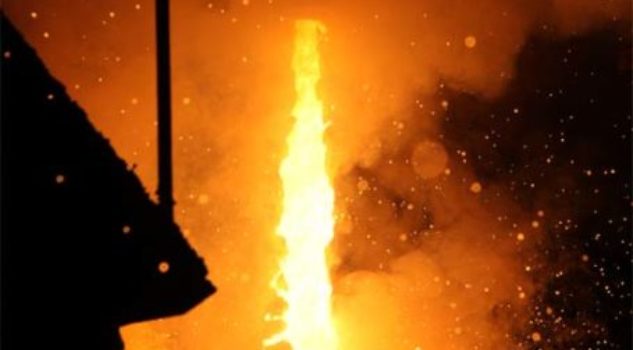
Melting & Refining
The Melting and Refining process for Shree TMT involves several steps that effectively transform raw materials into exceptionally robust and high-quality TMT steel bars, which serve as the fundamental building blocks for constructing solid infrastructures.
- Raw Material Selection: To assure the production of outstanding TMT steel bars, Shree TMT selects high-quality raw materials.
- Induction Furnace: The raw materials are charged into in-house induction furnaces. Once the raw material has been melted inside the furnace, the molten metal is separated from the slag.
- Purging and Refining: The molten metal is purged within the ladle furnace before various refining chemicals are introduced to remove any leftover impurities. These agents and other chemicals aid in achieving the required chemical composition and improving steel quality. During the rolling process, the chemical composition is crucial for achieving weldability, ductility, strength, and elongation. Our advanced spectrometer accurately measures the chemical composition of metals, to ensure that our TMT bars meet the highest industry specifications.
casting
Continuous Casting
Continuous casting is an integral part of the tmt bar manufacturing process. We utilize the continuous casting process to solidify a molten metal mix by casting a predetermined length of metal. To keep up with the hardening process, new molten metal is continuously and precisely fed to the mold.
Our state-of-the-art continuous casting machine revolutionizes the steel production process by enhancing yield, cost-effectiveness, productivity, and overall quality. Our continuous casting equipment, which uses sophisticated technology and precision engineering, assures the efficient and flawless transformation of molten metal into accurately shaped toughest steel bars.
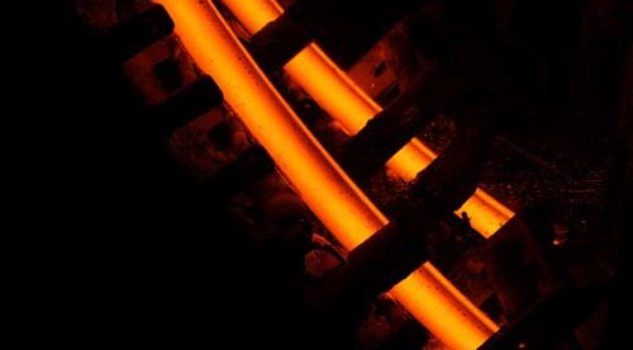
cooling
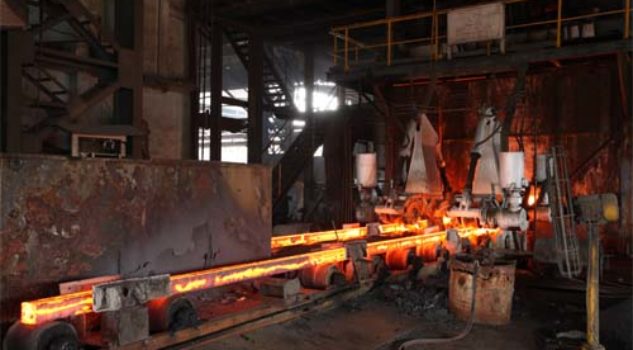
Secondary Cooling & Hot Charging
After exiting the continuous casting process, the solidifying billets enter a secondary cooling chamber. To achieve complete solidification, the semi-finished billets are sprayed with water. This technique is critical for keeping the shape of the solidified billets and so enhancing their quality in the long run.
The solidified metal strands are then warmed in our reheating furnace. This is done to recrystallize the metal, which improves quality and decreases material losses. Our recrystallization technology reheats the formed metal strands in a way that improves quality and decreases material losses, without disrupting the bonding in the rolling mill. Our revolutionary Next Gen 3X Ribbed Bars are expertly engineered to optimize the bond between Steel and Cement, culminating in unparalleled bars of exceptional strength.
rolling
Rolling Mill
The recrystallized metal billets are transported to a cutting-edge rolling mill using conveyors.
They are treated here utilizing the internationally recognized roll pass design, which results in increased strength and elongation. This mechanized technique offers improved homogeneity along the length of each bar. TMT bars rolled from billets, are far superior to the bars made from ingots. Our in-house induction furnaces help us manufacture these billets, giving us greater control over the quality, right from the raw material stage. Thus this is very important step in the tmt bar production process.
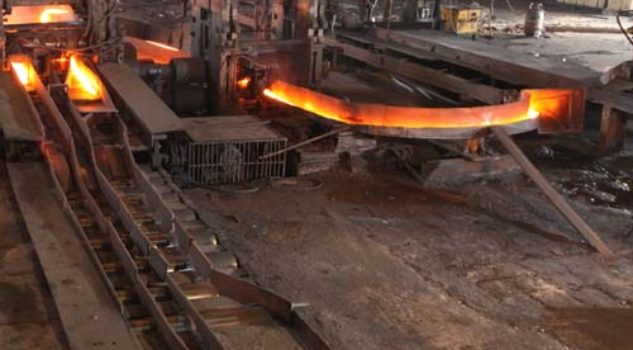
quenching
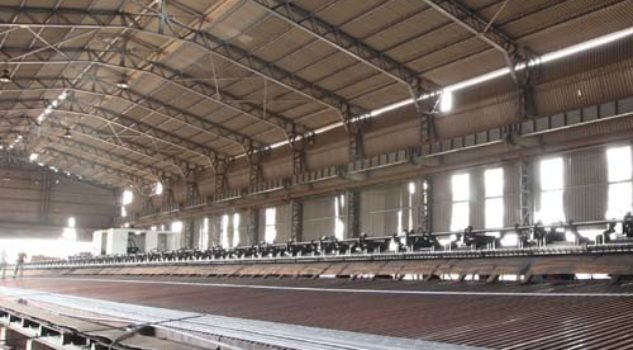
Quenching & Self-tempering
After the steel rebars leave the finishing mill at the desired size, they enter a water-cooling chamber where they are quenched. Using German quenching and self-tempering technology, Shree TMT produces highly flexible ribbed TMT bars that are excellent for premium-grade infrastructure. This treatment is carried out in three stages:
- Immediately after the steel rebars leave the last mill stand, they are rapidly cooled to ensure surface hardening.
- After the quenching operation is completed, the surface layer of each bar is tempered using the residual heat remaining in its core.
- The third stage occurs when the steel bars are placed on a cooling bed and subjected to rapid air cooling.
Through an extensive, meticulous process combined with our cutting-edge surface treatment technology, our TMT bars embody exceptional strength, ductility, bendability, and weldability, fortified by remarkable resistance against age-induced corrosion
section-6c7c018
Have any questions?
FAQs
| Dia Size | No of rods in a bundle |
|---|---|
| 8 MM | 15 |
| 10 MM | 10 |
| 12 MM | 6 |
| 16 MM | 4 |
| 20 MM | 1 |
| 25 MM | 1 |
| 32 MM | 1 |
- Structural Integrity: TMT bars play a critical role in providing strength and structural integrity to concrete structures. They act as reinforcement, withstanding tensile forces and preventing cracks or failure in the structure.
- Load-Bearing Capacity: The quality and strength of TMT bars directly influence the load-bearing capacity of the structure. Inferior quality bars may not have the necessary strength to support the required loads, leading to structural failure or compromised safety.
- Durability and Longevity: Construction projects are intended to last for many years, and the durability of the structure is essential. High-quality TMT bars are designed to resist corrosion, rusting, and degradation over time.
- Weldability and Compatibility: High-quality TMT bars have good weldability, ensuring secure connections and maintaining the structural integrity of the building.
0.30% Carbon,
0.055% Sulphur,
0.050% Phosphorus,
0.100 S+P.
